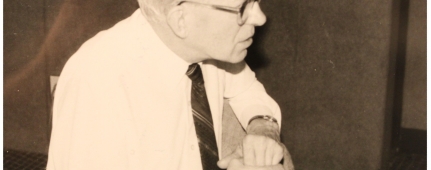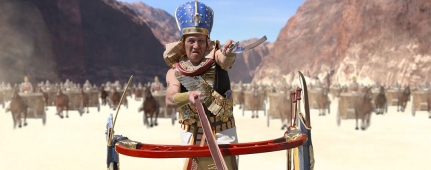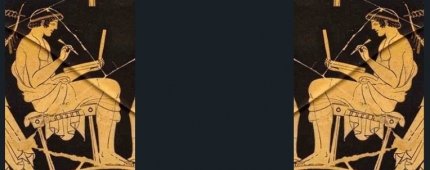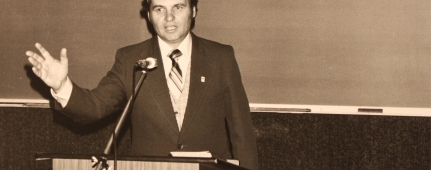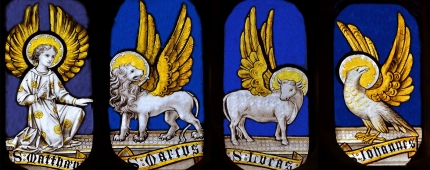Isaiah 1:1—Hasn’t it been shown that Isaiah is actually two or more books, and that it was not all written by one Isaiah in the 8th century b.c.?
Problem: The traditional view of the Book of Isaiah is that it was written by Isaiah, son of Amoz, some time between 739 and 681 b.c. However, modern critics have argued that Isaiah is actually composed of at least two individual books. What has been designated as First Isaiah encompasses chapters 1 through 39, while Second Isaiah encompasses chapters 40 to 66. Is the Book of Isaiah actually several books put together, or is it one book written by the one prophet Isaiah who lived in the 8th century b.c.?
Solution: The traditional view that the Book of Isaiah is a single work written by the prophet Isaiah is supported by several arguments. First, the critical view that separates Isaiah into two or more books is based on the assumption that there is no such thing as predictive prophecy. Modern scholars claim that the prophecies in chapters 40–55 concerning Cyrus must have been written after Cyrus ruled in Persia. This view is antisupernatural and tries to explain these sections of Isaiah as history rather than predictive prophecy. However, since God knows the end from the beginning (Isa. 46:10), it is not at all necessary to deny the supernatural element in Isaiah’s prophecies.
Second, the differences between the two halves of the book can be explained in other ways than the two-author approach. Chapters 1 through 39 prepare the reader for the prophecies contained in chapters 40 through 66. Without these preparatory chapters, the last section of the book would make little sense. Chapters 1 through 35 warn of the Assyrian menace that threatens to destroy God’s people. Chapters 36–39 form a transition from the previous section to chapters 40–66, by looking forward to the invasion of Sennacherib (chaps. 36–37), and looking back to the spiritual decline that has caused the downfall of Jerusalem (chaps. 38–39). These four intervening chapters (36–39) are not in chronological order because the author is using them to prepare the reader for what is to follow.
Third, the difference in words and style of writing between the two sections of the book has been used by critical scholars to substantiate their claim that there are at least two different books. However, these differences are not as great as has been claimed, and the differences that do exist can be explained as a difference in subject matter and emphasis. No author writes in exactly the same style using precisely the same vocabulary when writing about different subject matter. Nevertheless, there are a number of phrases that are found in both sections that attest to the unity of the book. For example, the title “the Holy one of Israel” is found 12 times in chapters 1–39 and 14 times in 40–66. The following list illustrates these kinds of similarities.
Fourth, in Luke 4:17 we find that when our Lord rose to read in the synagogue, “He was handed the book of the prophet Isaiah.” The people in the synagogue and Jesus Himself assumed that this book was from the prophet Isaiah. Other NT writers accepted Isaiah as the author of the entire book. John 12:38 states that Isaiah was the one who made the statement that is found in Isaiah 53:1. Other instances where the NT ascribes portions of chapters 40–66 to Isaiah include Matthew 3:3 (Isa. 40:3), Mark 1:2–3 (Isa. 40:3), John 1:23 (Isa. 40:3), Matthew 12:17–21 (Isa. 42:1–4), Acts 8:32–33 (Isa. 53:7–8), and Romans 10:16 (Isa. 53:1).
Fifth, the Dead Sea Scrolls include a complete copy of the Book of Isaiah, and there is no gap in the scroll between chapters 39 and 40. This indicates that the Qumran community accepted the prophecy of Isaiah as one book in the 2nd century b.c. The Greek version of the Hebrew Bible, which dates from the 2nd century b.c., treats the Book of Isaiah as a single book by the single author, Isaiah the prophet.
See All Problems
This excerpt is from When Critics Ask: A Popular Handbook on Bible Difficulties (Wheaton, Ill.: Victor Books, 1992). © 2014 Norman Geisler and Thomas Howe. All rights reserved. Used by permission. Click here to purchase this book.


